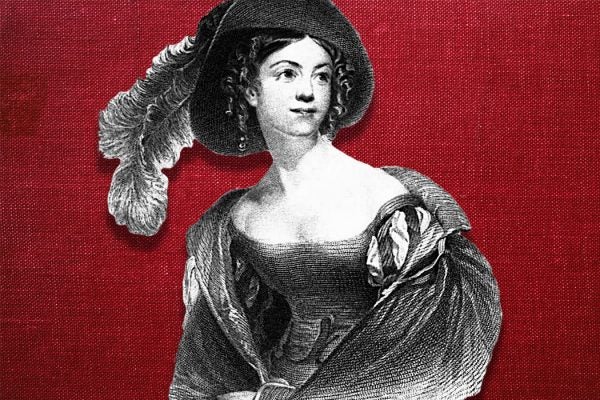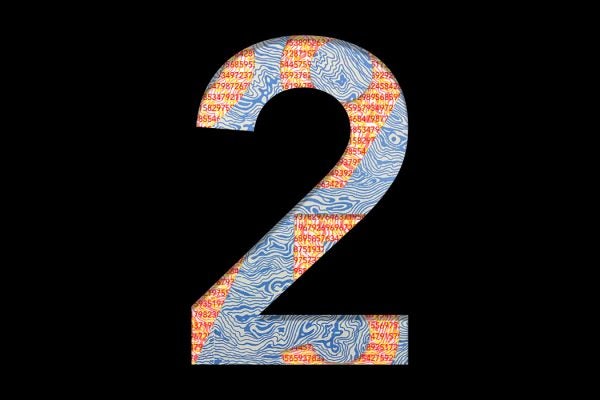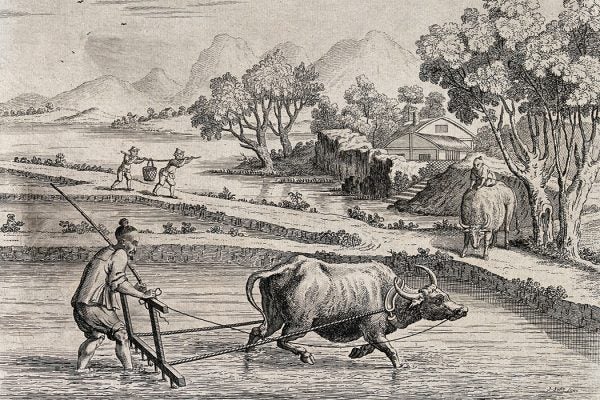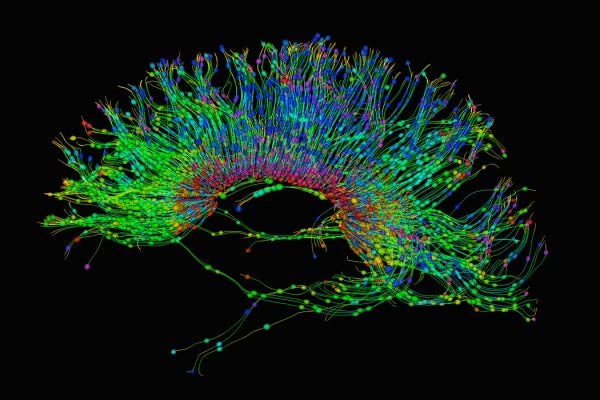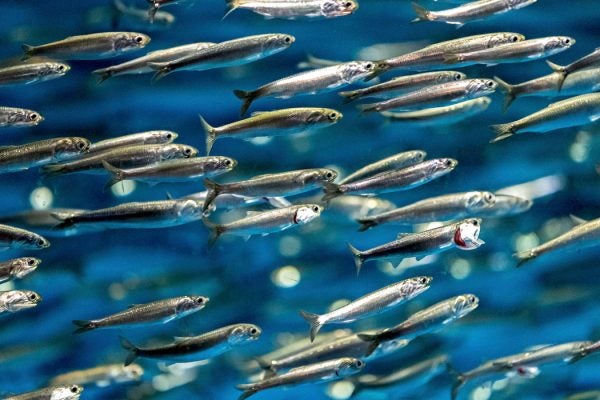The Life of Forgotten Poet Letitia Elizabeth Landon
She was known as the "female Byron." So why doesn't anyone read L.E.L. anymore?
The Quantum Random Number Generator
It’s real. And it will use quantum entanglement to generate true mathematical randomness. Here’s why that matters.
The Evolution of Memorial Day
What started as a solemn commemoration of dead Civil War soldiers has become a celebration of summer. Here's why that makes total sense.
It’s Time to Break Up the Apple App Store
Apple's stranglehold on the App Store is problematic. Our technology columnist explains why.
Chinese Peasants Taught the USDA to Farm Organically in 1909
A hundred years later, we are still learning.
Inception Machines, Weird Ice, and a Post-Roe World
Well-researched stories from Quanta, Wired, and other great publications that bridge the gap between news and scholarship.
Joseph Priestley, Radical Inventor
How scientist and soda water inventor Joseph Priestley came to be an enemy of the state.
Pssst. Exotic Animals Don’t Make Good Pets
They might be cute, but animals like otters are difficult to take care of. Plus, there are ecological concerns inherent in removing them from the wild.
Why Forage Fish Conservation Matters
Small fish like herring and anchovies serve an important role in the ecosystem. If passed into law, a new act would protect these forage fish.
Think Again
Rereading W. H. Auden, George Orwell, and James Baldwin in times of crisis.
